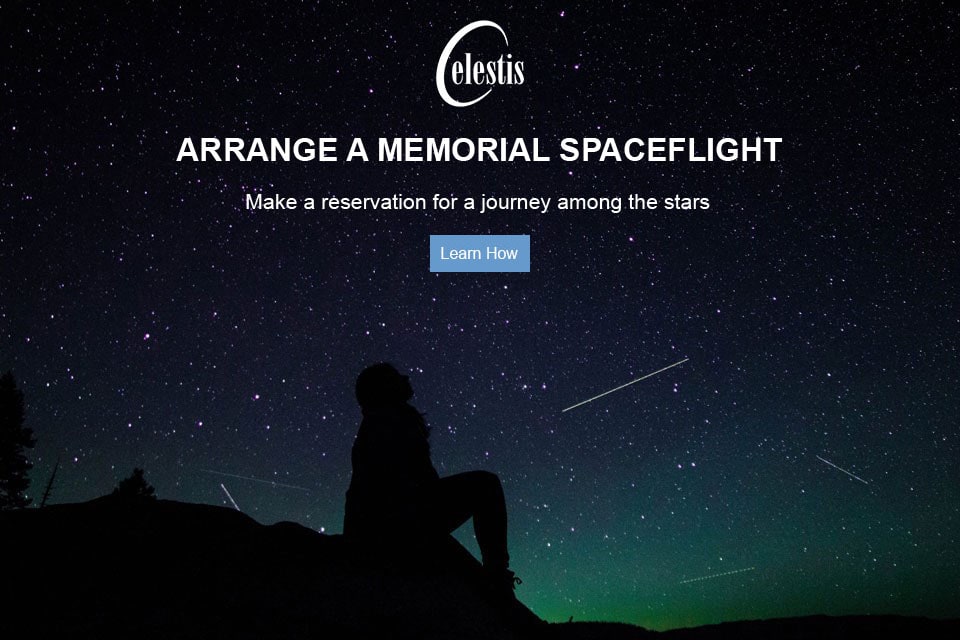A Brief Overview of the New Mexico Space Trail
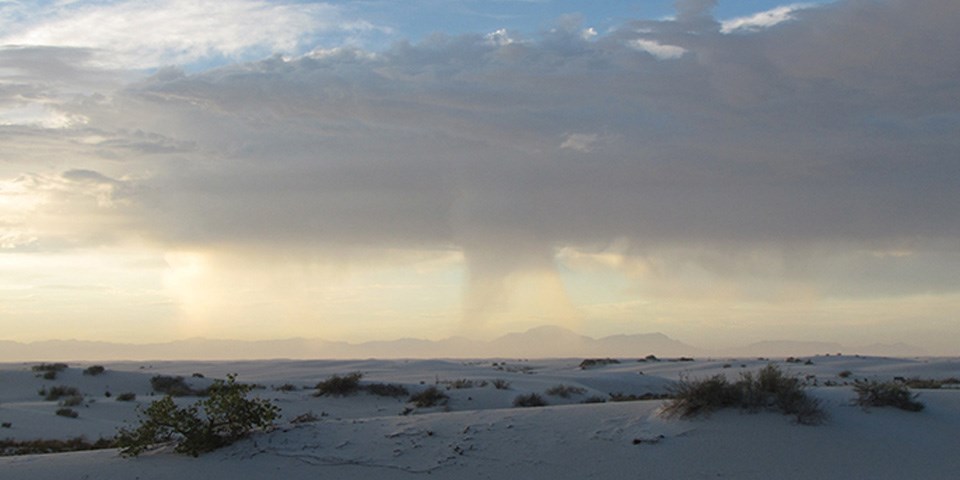
While not officially part of the NM Space Trail, White Sands National Park offers exquisite views. Photo credit: National Park Service
When many think of spaceports, aerospace engineering, astronomy, and launch pads, they usually think of the NASA centers sprinkled around the United States, such as Kennedy Space Center, Johnson Space Center, and Goddard Space Flight Center, to name a few. But few states have a spaceflight history as rich as New Mexico. On November 30th, Celestis Memorial Spaceflights will add another milestone to New Mexico’s impressive roster of space achievements with its Aurora Flight from Spaceport America near Las Cruces, which will be Celestis’ ninth Earth Rise Service from “the Land of Enchantment.”
New Mexico was the home of early astronaut testing and the high-altitude balloon tests originating from Holloman Air Force Base; the state’s White Sands Missile Range and Spaceport America both have a long heritage in military and commercial spaceflight. Moreover, New Mexico’s heritage in combining science and spaceflight reaches back to long before rockets even reached space and encompasses Robert Goddard, early missiles and rocketry, atomic testing, NASA’s Apollo program, and the Space Shuttle Program.
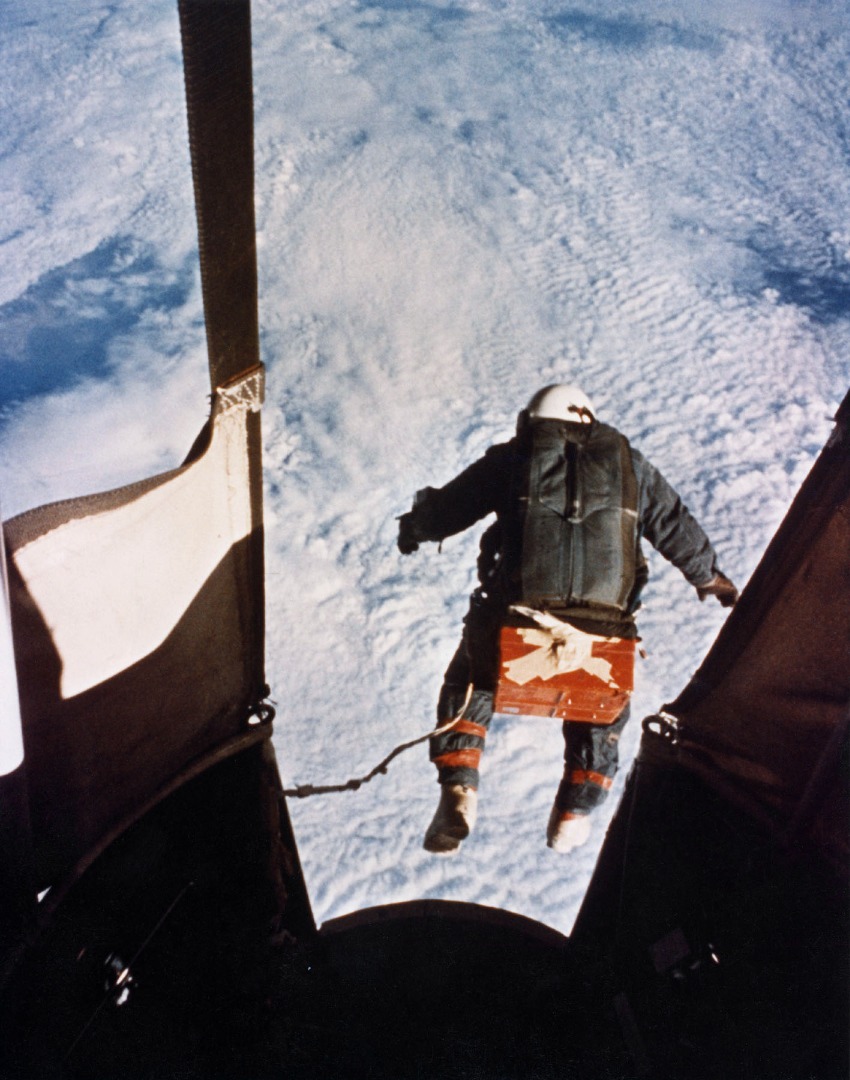
On August 16th, 1960, Air Force Colonel Joseph Kittinger set a world record for the highest skydive at 102,800 feet in altitude. Excelsior III was launched from an abandoned airstrip near Tularosa, New Mexico. Photo credit: National Museum of the Air Force
The New Mexico Space Trail was created to celebrate and commemorate 52 historic sites that encompass spaceflight’s past, present, and future. From alleged UFO crash sites to observatories to launch pads to geological sites utilized to train Apollo astronauts, New Mexico has no shortage of venues to thrill both dedicated space enthusiasts and those who are just learning about spaceflight.
Why Was the New Mexico Space Trail Established?
According to the lushly illustrated Images of America: New Mexico Space Trail book by space historian Joseph T. Page II, the New Mexico Space Trail’s seeds were sown by the state’s tradition of using highway historic markers, which started during the 1930s. Page wrote, “In the intervening decades, the Highway Historic Trail grew to over 300 signs around the state, and it is viewed by millions of highway travelers per year. On one of these highways, New Mexico Museum of Space History curator George House passed by a historical marker and asked, ‘There are no space-related historical markers anywhere in the state. Why not combine the two and have a space trail?’”
House pursued his idea and began developing maps of his vision of such a trail, aided by his museum's research and marketing team. According to Page, “In 2010, working with the Museum, New Mexico representative Dennis Kintigh (R-Roswell) introduced a memorial bill designating the trail, completing a task that had been compiled over the span of two decades.”
The New Mexico Museum of Space History describes the trail as “the frontier of adventure and discovery with museums, archeological sites, a spaceport, laboratories, and more. Each unique and amazing site helps tell the story of New Mexico’s contribution to space and technology, from ancient times to the facilities of tomorrow.” The museum’s website provides a map of the Space Trail and descriptions of each historic site. While this article cannot review all 52 locations due to length constraints, it will describe a few of the most popular attractions.
New Mexico Space Trail Attractions
The New Mexico Museum of Space History, located in Alamogordo, encourages its visitors to “discover the cradle of America’s space program.” Its exhibits and events include tours of the Trinity Atomic Bomb site, Living and Working in Space, Looking Out, Looking Back, Space Science and New Mexico, Icons of Exploration / Tularosa Basin Overlook, the “Daisy Track” and X-37, the John P. Stapp Air & Space Park, the International Space Hall of Fame, and, of course, rockets. A reception was held at this museum for Celestis’ first launch from Spaceport America.
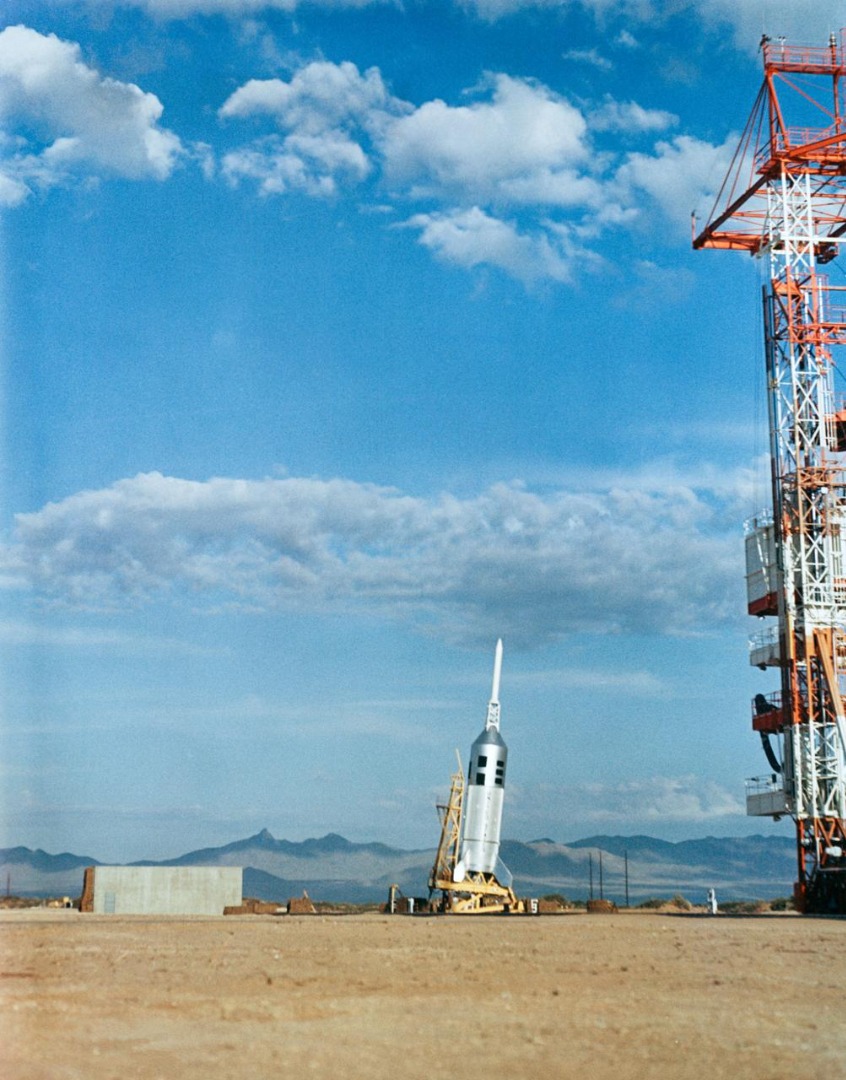
"Little Joe II liftoff from the Apollo Little Joe II launch area #3 at White Sands Missile Range, White Sands, New Mexico." 1963 NASA photo
White Sands Missile Range Museum is expected to reopen to visitors in September 2022 with a new exhibit. This museum showcases rockets dating back to the earliest days of space technology, such as the V-2, Redstone, and Athena missiles. The museum’s website also has an incredible archive of historical articles for budding space historians. In addition, while Celestis’ Earth Rise Services launch from Spaceport America, the flight capsules land – by parachute – at White Sands Missile Range (WSMR) for recovery and return.
In 1982, WSMR was also in the news for becoming part of Space Shuttle history. On March 30th, 1982, Space Shuttle Columbia, upon completion of its third test flight, landed at WSMR’s Northrup Strip. This was the only time the White Sands landing site was utilized during the Space Shuttle program. This landing strip was a third option if both primary landing sites (Edwards Air Force Base in California and Kennedy Space Center in Florida) were unavailable.
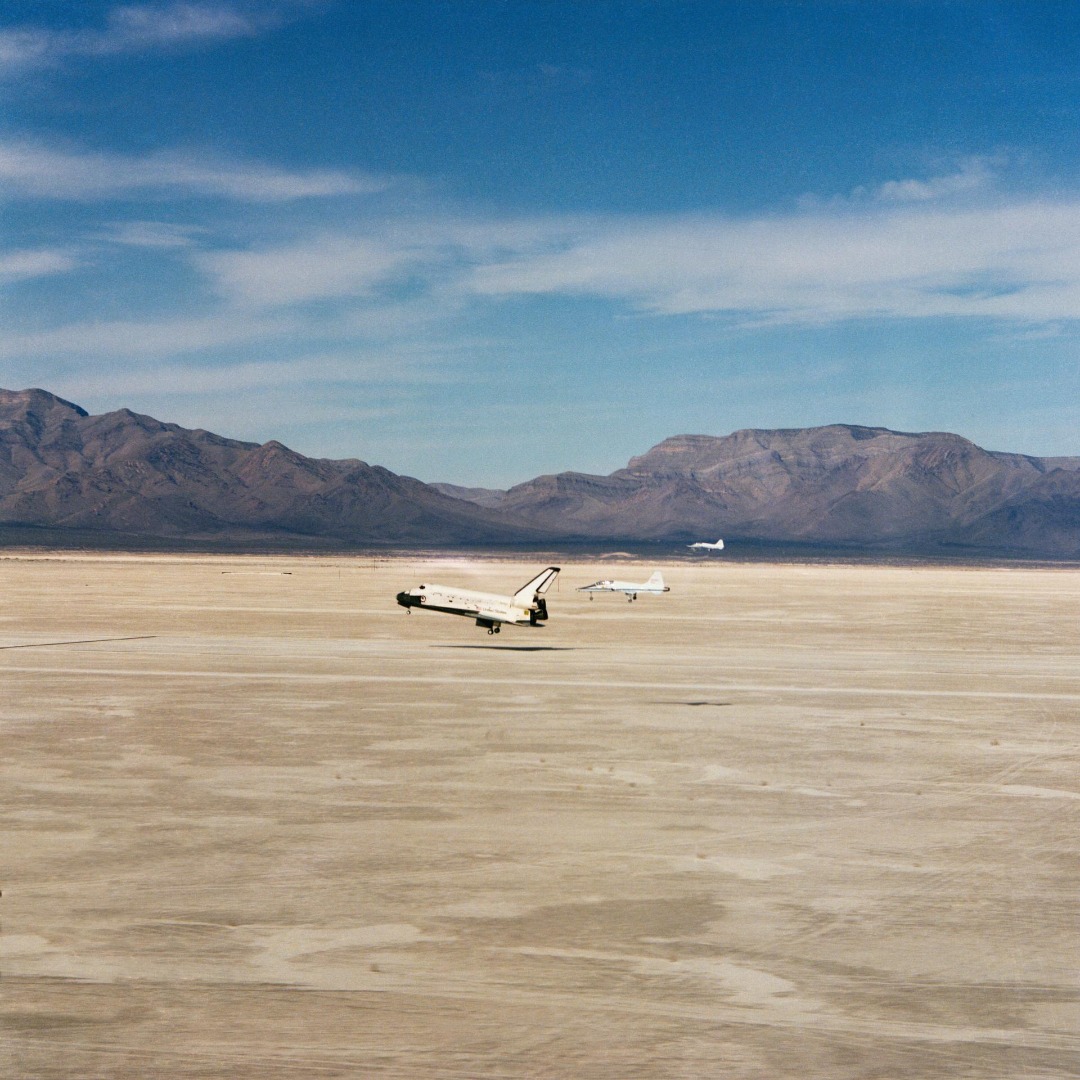
Space Shuttle Columbia comes home after its third test flight, STS-3. 1982 NASA photo
New Mexico was also the home of several training sites utilized to train Mercury, Gemini, and Apollo astronauts. These sites include the New Mexico School for the Blind and Visually Impaired, Valles Caldera National Preserve, Taos / River Grande Gorge, and the Philmont Boy Scout Ranch. Many of these sites were used to train Apollo astronauts in identifying lunar geological features.
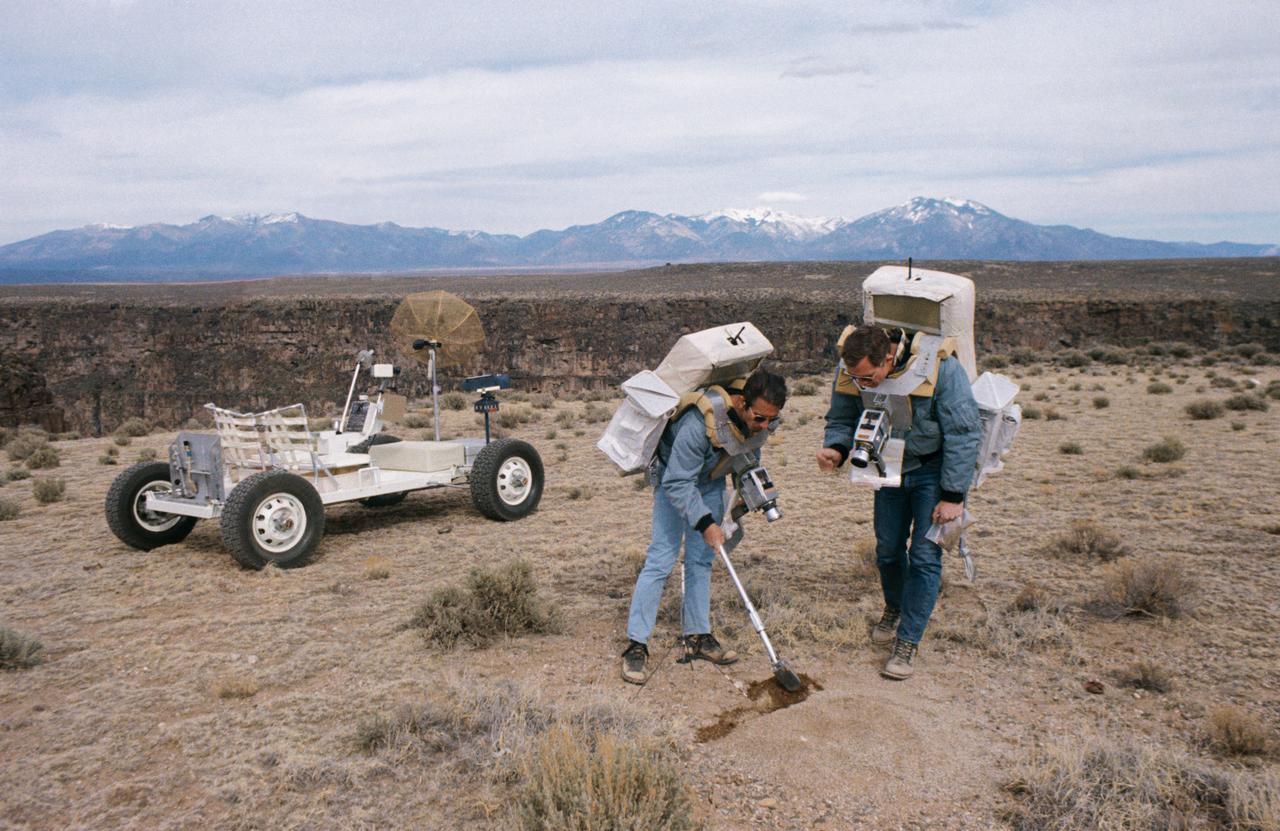
"Two members of the prime crew of the Apollo 15 lunar landing mission collect soil samples during a simulation of lunar surface extravehicular activity in the Taos, New Mexico area. Astronaut James B. Irwin, lunar module pilot, is using a scoop. Astronaut David R. Scott (right), commander, is holding a sample bag. On the left is a Lunar Roving Vehicle trainer." 1971 NASA photo
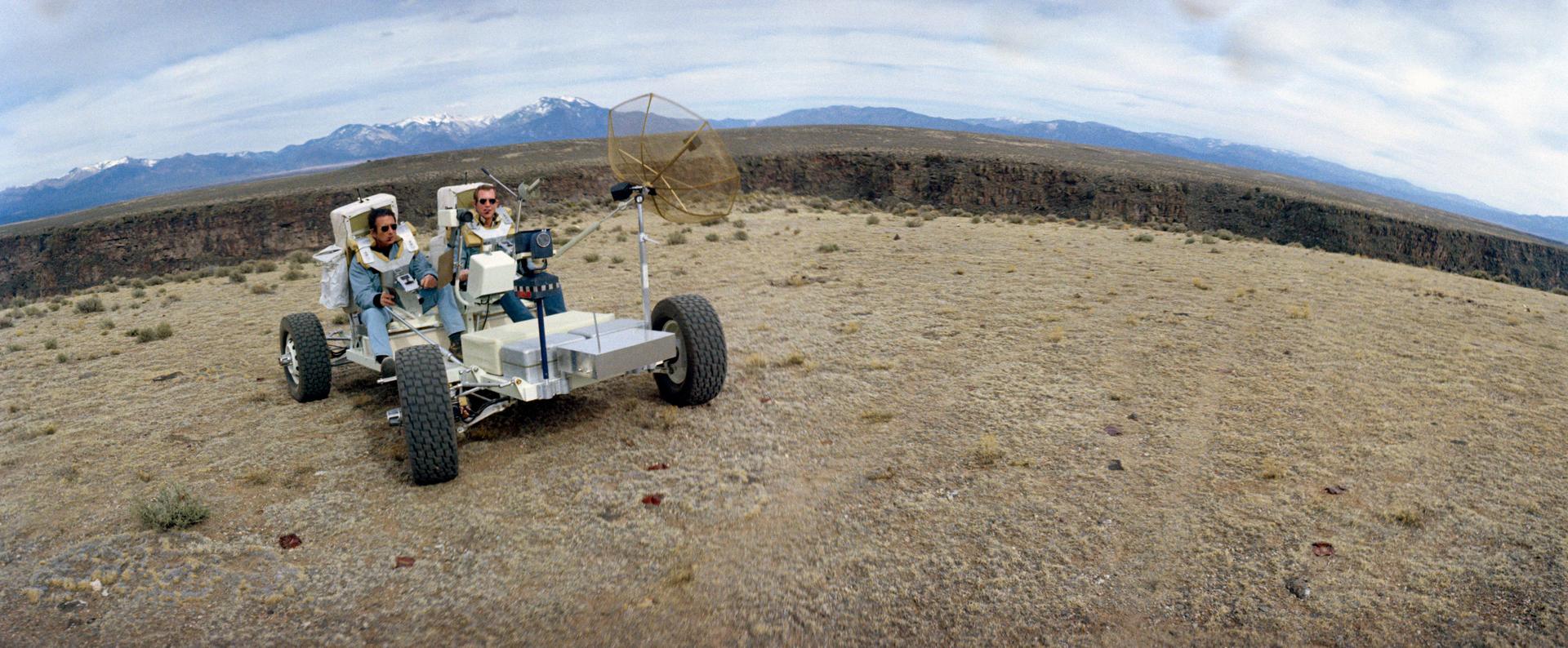
"A wide-angle view showing two members of the prime crew of the Apollo 15 lunar landing mission riding in a Lunar Roving Vehicle trainer called 'Grover' during a simulation of lunar surface extravehicular activity in the Taos, New Mexico area. They are astronauts David R. Scott (riding in left side seat), commander; and James B. Irwin, lunar module pilot." 1971 NASA photo
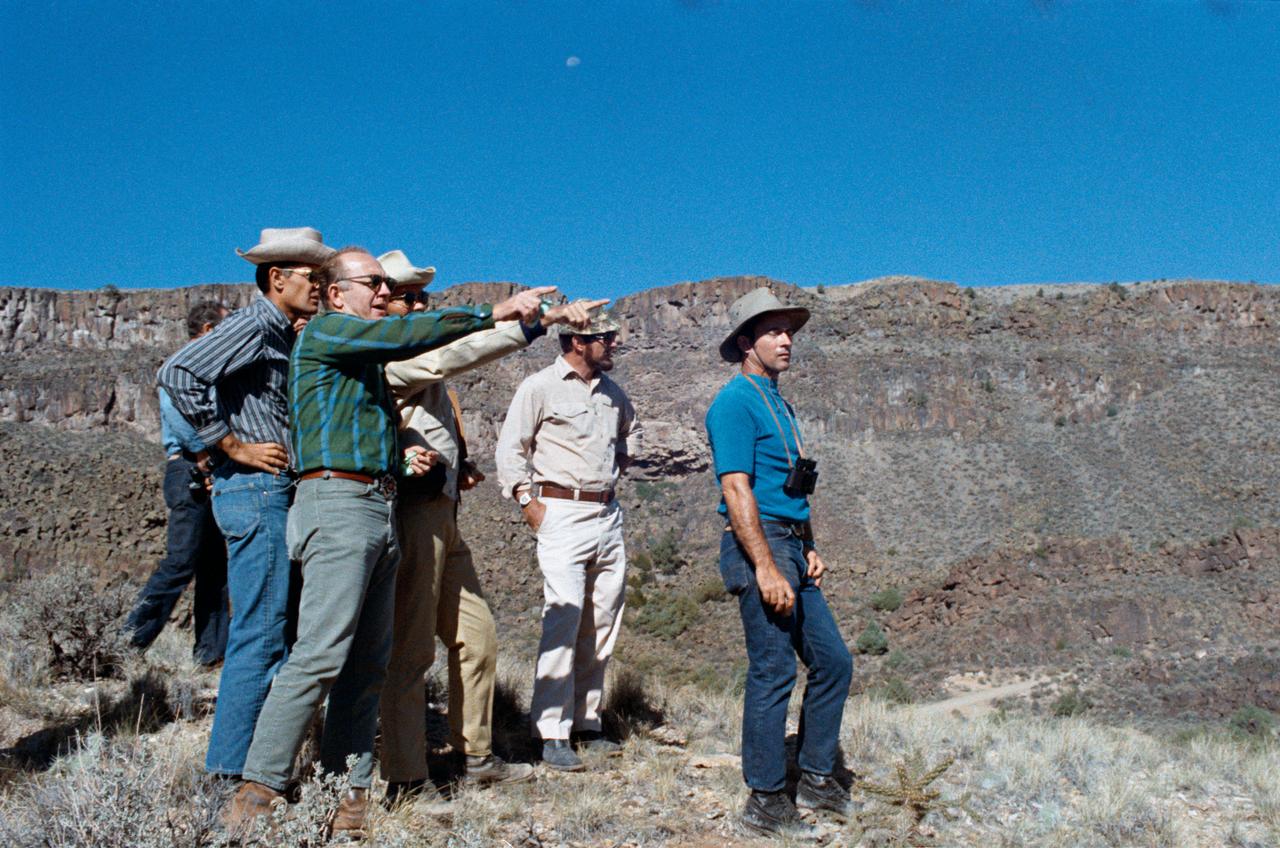
"Dr. Lee Silver (pointing foreground), California Institute of Technology, calls a geological feature near Taos, New Mexico, to the attention of Apollo 16 prime and backup crewmen during a geological field trip. The crewmen, from left to right, are Astronauts Charles M. Duke Jr., lunar module pilot; Fred W. Haise Jr., backup commander; Edgar D. Mitchell, backup Lunar Module pilot; and John W. Young, commander." 1971 NASA photo
For UFO fans, New Mexico is known for its infamous alleged UFO crash site in Roswell. According to the New Mexico Museum of Space History: “Roswell has seen a large tourism trade develop around the UFO crash. The UFO hype first draws visitors in, and then allows Roswell to showcase other amazing attractions such as the Roswell Museum and Art Center (displaying Dr. Robert Goddard’s work), the International UFO Museum and Research Center, and Roswell International Air Center.
“The famous July 8, 1947, front cover of the Roswell Daily Record, [stated that] the Roswell Army Airfield had ‘captured’ a flying saucer. Details within the article were taken from information released by 509th Bombardment Group intelligence officer Major Jesse Marcel. Other named individuals in the article would not figure so prominently in the building of the case of the Roswell Incident, instead of echoing names of Marcel and rancher Mac Brazel.” Even for “non-believers,” all the beforementioned sites are a fun visit.
Contact us for more information or to receive launch updates
The Very Large Array Radio Telescope Facility (VLA) is famous thanks partly to its presence in the film adaptation of Carl Sagan’s Contact, which stars actress Jodie Foster. According to a previous Celestis blog, this facility “is a set of 82-foot diameter radio telescopes that, together, constitute the most advanced radio telescope array on Earth. Astronomers use the VLA to study quasars, pulsars, supernovas, black holes, and the Milky Way and other galaxies. The facility is located about a two-hour drive from Albuquerque, 50 miles west of Socorro." While the VLA facility is currently closed to the public, its online store is open.
New Mexico is also ideal for astronomers at all experience levels since its open areas and dark, unpolluted skies allow for excellent observations. Visit such sites as the Tombaugh Observatory, the University of New Mexico Campus Observatory, or the Valles Caldera National Preserve. Or, if solar observing is your thing, visit the Sunspot Solar Observatory.
A previous Celestis blog reviewed other historic New Mexico sites of note: “Other interesting sites to note include the Bradbury Science Museum, part of the Los Alamos National Laboratory, where the first atomic bomb was developed; the National Museum of Nuclear Science & History in Albuquerque; and Chaco Culture National Historic Park, site of an ancient Native American people who were expert stargazers.”
Last but certainly not least, while not officially part of the New Mexico Space Trail, White Sands National Park is a must-see thanks to exquisite views of the world’s largest gypsum dune field, a desert of pristine white sand – all 275 square miles of it. The park’s tagline more than appropriately describes it: “Like No Place Else on Earth.”
*****
If you'd like to learn more about the New Mexico Space Trail, check out these two books: Images of America: New Mexico Space Trail by Joseph T. Page II and Out of This World: Mexico's Contributions to Space Travel by Loretta Hall.
Some of this article is excerpted from a previous Celestis blog, Touring the New Mexico Space Trail. As the Aurora Flight launch date draws closer, Celestis will provide updates on many of the sites listed here for those interested in visiting them.


